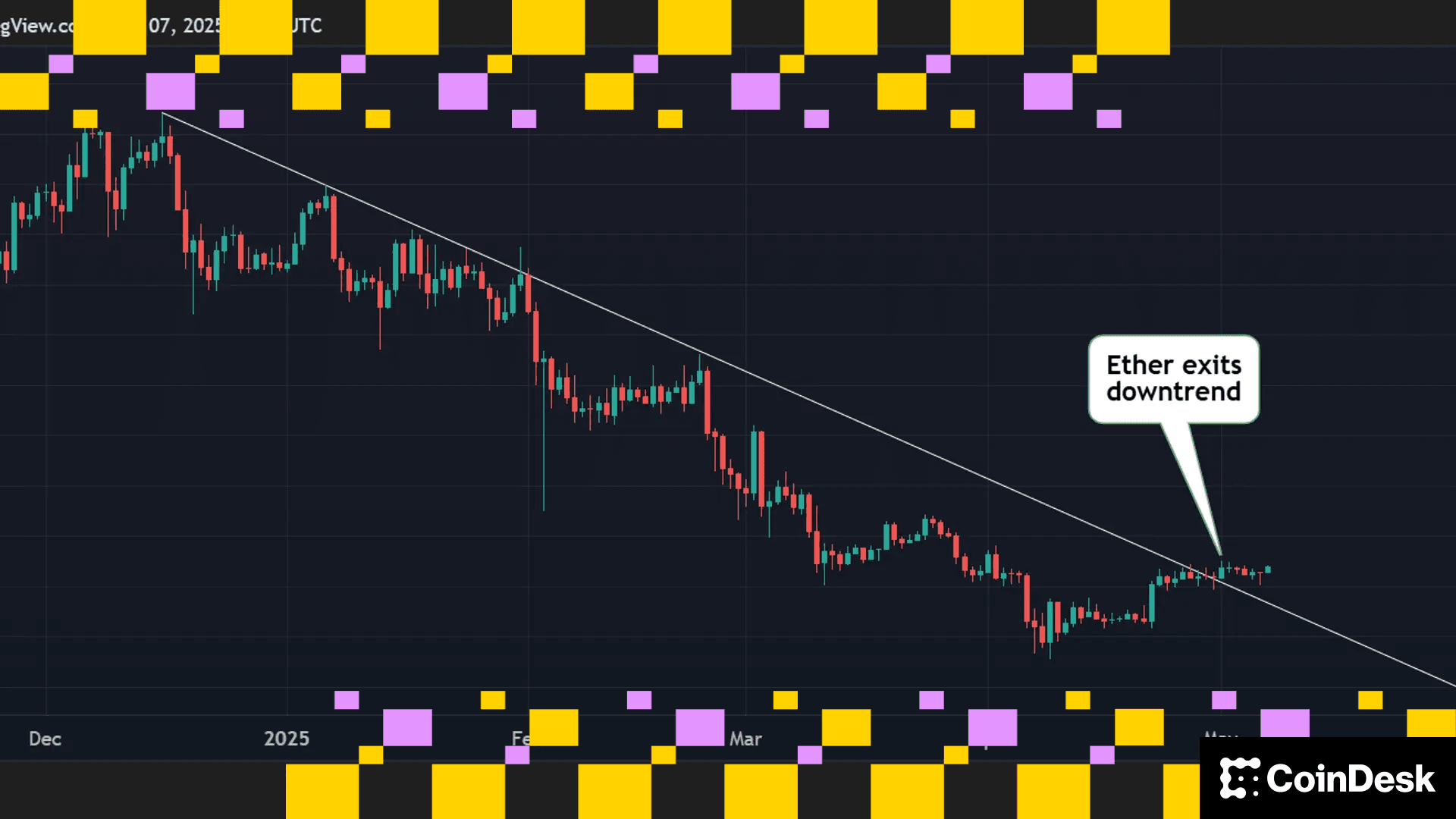Compliant Stablecoin Launches in New Zealand
New Zealand dollar reserves backing the stablecoin are to be confirmed by an accounting firm on a quarterly basis.
A New Zealand-based firm says it has created the country's first compliant stablecoin, one backed by the country's dollar.
According to a press release shared with CoinDesk on Wednesday, the New Zealand dollar stablecoin ($NZDs) is issued by Techemynt, a regulated company with ties to crypto hedge fund Techemy Capital.
Launching today, the cryptocurrency is backed one-to-one by the New Zealand dollar and deployed on the Ethereum blockchain by Blockchain Labs. $NZDs' code utilizes a framework developed by Coinbase and Circle-founded Centre group.
"$NZDs combines the stability and value of the New Zealand Dollar with the intrinsic utility of cryptocurrency to allow arbitrage, remittance, and digital payments, while positioning the New Zealand Dollar as a prominent participant in the global digital asset economy," the company said.
To ensure transparency, reserves of the New Zealand dollar backing the stablecoin are to be confirmed by a "leading accounting firm" with reports delivered on a quarterly basis, according to the firm's website.
Techemynt is registered as a Financial Service Provider in New Zealand, according to a listing by Companies Office, a governmental department within the Ministry of Business, Innovation and Employment.
See also: What Happens if All Stablecoin Users Have to Be Identified?
The company shares ties with asset investment firm Techemy Capital via its co-founder Fran Strajnar, who told CoinDesk via email that Techemynt had spent nine months with law firm MinterEllisonRuddWatts to "ensure" NZDs was up to regulatory standard.
"I would think that any observer would see [a] material difference in the quality and approach of NZDs compared to other efforts which never took off," said Strajnar.
New Zealand has seen several attempts at the creation of a stablecoin backed by the dollar. In May 2017, the now-defunct cryptocurrency exchange Cryptopia issued the first unregulated stablecoin, NZDT.
After the exchange's bank got cold feet citing regulatory concerns, Cryptopia was forced to delist the token. Another attempt at creating the stablecoin was slated for the first quarter of 2019, but not before the exchange suffered a hack that ultimately ended in its liquidation.
See also: Coinbase, Naval, Framework Ventures Back $19M Raise for a Capital-Efficient Stablecoin
"We have spent a significant amount of time ensuring that we have a compliant structure that creates trust for parties looking to utilize the token," Techemynt's managing director, Adam Dodds, told CoinDesk via email. "Techemynt has a good understanding of legal nuances of NZ legislation and will work with the appropriate regulators in terms of aligning to future regulation."
Plus pour vous
Exchange Review - March 2025

CoinDesk Data's monthly Exchange Review captures the key developments within the cryptocurrency exchange market. The report includes analyses that relate to exchange volumes, crypto derivatives trading, market segmentation by fees, fiat trading, and more.
Ce qu'il:
Trading activity softened in March as market uncertainty grew amid escalating tariff tensions between the U.S. and global trading partners. Centralized exchanges recorded their lowest combined trading volume since October, declining 6.24% to $6.79tn. This marked the third consecutive monthly decline across both market segments, with spot trading volume falling 14.1% to $1.98tn and derivatives trading slipping 2.56% to $4.81tn.
- Trading Volumes Decline for Third Consecutive Month: Combined spot and derivatives trading volume on centralized exchanges fell by 6.24% to $6.79tn in March 2025, reaching the lowest level since October. Both spot and derivatives markets recorded their third consecutive monthly decline, falling 14.1% and 2.56% to $1.98tn and $4.81tn respectively.
- Institutional Crypto Trading Volume on CME Falls 23.5%: In March, total derivatives trading volume on the CME exchange fell by 23.5% to $175bn, the lowest monthly volume since October 2024. CME's market share among derivatives exchanges dropped from 4.63% to 3.64%, suggesting declining institutional interest amid current macroeconomic conditions.
- Bybit Spot Market Share Slides in March: Spot trading volume on Bybit fell by 52.1% to $81.1bn in March, coinciding with decreased trading activity following the hack of the exchange's cold wallets in February. Bybit's spot market share dropped from 7.35% to 4.10%, its lowest since July 2023.
Больше для вас












